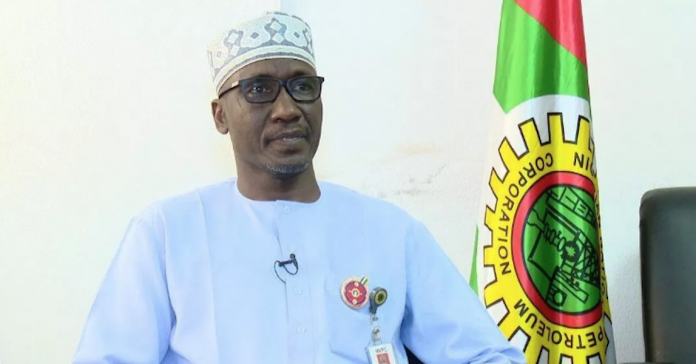
The Nigerian National Petroleum Corporation (NNPC) has set a July deadline to end its crude sales discount regime.
NNPC Group Managing Director, Mallam Mele Kyari, in an interview with Bloomberg TV yesterday, said the corporation was looking at achieving the target by June 30 or latest by July.
He added that if oil price settled at the current $42 or thereabout, it is still a good business for NNPC and the country.
Kyari’s interview was conducted at a weekly programme tagged ‘Half-Time Talk’ organised by Gulf Intelligence, a United Arab Emirate-based communication and research firm.
Kyari also said though Nigeria did not fully comply with a pact by oil producers to rein in output to balance markets, it would make additional cuts to make up for the lapses by mid-July.
The crash in oil prices a couple of months back due to heavy decline in demand for crude, which was a major fallout of the COVID-19 pandemic impact, led the NNPC into offering oil traders huge discounts on Nigerian crude oil grades.
Two of Nigeria’s banner grades, Qua Iboe and Bonny Light, were to sell at discounts of $3.92 and $3.95 respectively to dated Brent.
Responding to a question on whether the NNPC would continue offering discounts on crude oil as the price recovers, Kyari said: “Absolutely not, discount will go away, definitely within the shortest period of time. As you know, what we did in the last two months was to close that gap much shorter than what it was, and by the end of June or July we will see a situation where we can take out that discount because it’s no longer necessary.”
On the significance of the decision of the Organisation of Petroleum Exporting Countries and its allies under the OPEC+ family to retain their earlier production cut agreement, Kyari said that was intended to bring about rebalancing in the market. He added that they have started seeing the sign of its workability.
“What this means is that this will give us the rebalancing of the market, we can see a rebound in prices with time so that we don’t have to produce oil and give out for free. And we have started seeing the sign that this works.
“We are pulling down the supply and getting a balance that will come to a situation where we can at least recover our costs and get some margin out of these businesses, which is a good thing to do,” he stated.
He explained that the OPEC+ effort was to bring stability to the market and to see the probability of oil price settling between $42 and $45 per barrel.
He said: “What we did to oil price was to bring some form of stability by the end of the year, probably we can see settling at $42 to $45 at the end of the year. And you can see the short term response as a result of the OPEC+ intervention and I don’t think that is completely sustainable save the production cuts are implemented in full by the end July.
“If that happens, we see sustenance of the current level of $42 to the Brent and potentially grow to a region of $42 to $45 by the end of the year. I don’t think we will see any sort of $30 oil in the near future if this situation is sustained.”
He noted that with such a price margin, the corporation would still have a good busines.
“Well, some of our assets produce at less than $30, so it’s good business today that we produce at less than $30 and we are selling at $42 or $40, then we are at comfort zone.
“The recent drive we have seen in the price of crude is largely driven by sentiments than demand because we have not seen the significant rise in the demand. There is no 100 per cent conformity with the cut and that means that the volume is still there. The price jump appears cosmetic to me and if we don’t contain the supply, we could slide to the early March price level,” he said.
On Nigeria’s compliance with the OPEC output cut, Kyari said the country recorded marginal under-compliance of less than 100,000 barrels per day, adding that current numbers in the last 10 to 15 days indicated that the country is “on over-compliance by position.”
“So definitely by the end of June, we will see full compliance from Nigeria and in the worst case scenario may be half of July, otherwise we are in position,” he stated.
He reaffirmed the resolved of the corporation to cut down its capital expenditure, saying that it has started doing that.
He said: “Our target is to bring down cost to $10 by the end of 2021. We have insisted on making sure that our partners and all our suppliers to cut their costs to at least 30 to 40 per cent and that will significantly bring down our costs and it’s very realistic and we are realising that.”
According to him, Nigeria aimed to cap production costs at $10 a barrel by 2021 in order to remain competitive.
“If you can’t do this, you walk away, this is not a business of subsidies,” he added.
On whether the NNPC will be able to escape job cuts as it tries to reduce costs, Kyari said it would not experience job losses despite the situation.
“We will escape this year without job cuts in NNPC. We are reviewing other heavy cost areas that can bring our cost to normality. But I know also that in terms of our partners, many of them are looking at a situation whereby job cuts will be unavoidable. But w
hat is informing that, much more than the cost, is actually the issue of efficiency that we have seen in the last couple of years,” he stated.
On his outlook for the global economy with prevailing lockdowns and movement restrictions, Kyari said the lockdown did not have much impact on Nigeria due to the dominance of the informal sector of the country’s economy.
He, however, said unlike some jurisdictions, Nigeria did not witness massive decline in its Gross Domestic Product (GDP) growth forecast.
He said: “For us now, let me take it from a local level, in our country here today, we have a very largely informal economy. The lockdown has not really completely locked down our country. You can see that the consumption didn’t go down to zero kind of level that we see in other jurisdictions.
“And then of course, the net effect is that we have not seen those massive declines in GDP growth forecast that other countries have seen. What this means for us is that our consumption will grow, our local demand will grow with time and it will come back to normalcy much faster than most jurisdictions.
“But for the widely world, particularly for Europe and the United States, there are still doubts if you will have that big turnaround on demand and that means that the consumptions will clearly remain in the far East, in China and India, and of course that’s where the market can be for the next couple of months.”
He explained that the biggest risk for the oil market in the coming months was how
to bring demand back, adding, “with all the issues that you have seen in the United States and across the globe, you are still going to have problems bringing demand back on the table.”

